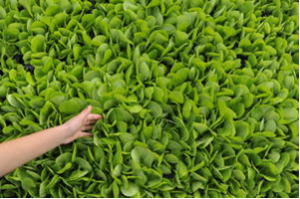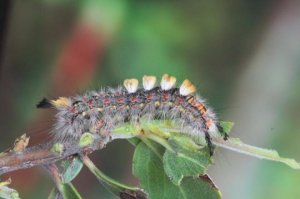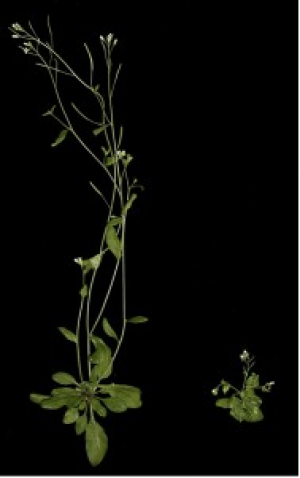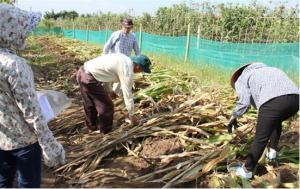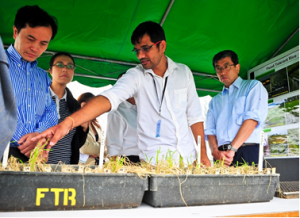|
Researchers Reveal Family Tree of Microorganisms Responsible for Photosynthesis
Tuesday, 2017/04/11 | 07:55:36
|
|
Photosynthesis, the ability of plants and algae to generate oxygen, evolved only once, roughly 2.3 billion years ago, in certain types of cyanobacteria. This process has never been duplicated, and according to endosymbiotic theory, all the "green" oxygen-producing organisms (plants and algae) simply subsumed cyanobacteria as organelles in their cells at some point during their evolution.
Despite the role of cyanobacteria in this planet-changing biological invention, little is known about them. Woodward Fischer, professor of geobiology at the California Institute of Technology (Caltech) said that oxygenic photosynthesis was an evolutionary singularity and that cyanobacteria invented it, and then ultimately become the chloroplasts of algae. Fischer and colleagues from the University of Queensland in Australia have fleshed out cyanobacteria's family tree. They added the genomes of 41 uncultured microorganisms, which helped to pin down the precise point in the evolution of cyanobacteria at which oxygenic photosynthesis arose. The 41 species are all types of cyanobacteria but none carry genes for photosynthesis, and therefore they don't produce organic matter like algae and plants do. Rather, they consume it.
They found that a single branch of cyanobacteria, Oxyphobacteria, were likely the first and only group to evolve oxygenic photosynthesis. Their closest relatives, Melainabacteria, live in the guts of animals and humans and do not produce oxygen. The next most closely related cyanobacteria Sericytochromatia also do not engage in oxygenic photosynthesis.
For more details, read the article from Caltech.
Figure: Oxyphotobacteria in microbial mats in Yellowstone. Credit: Fischer Laboratory/Caltech |
|
|
|
[ Other News ]___________________________________________________
|

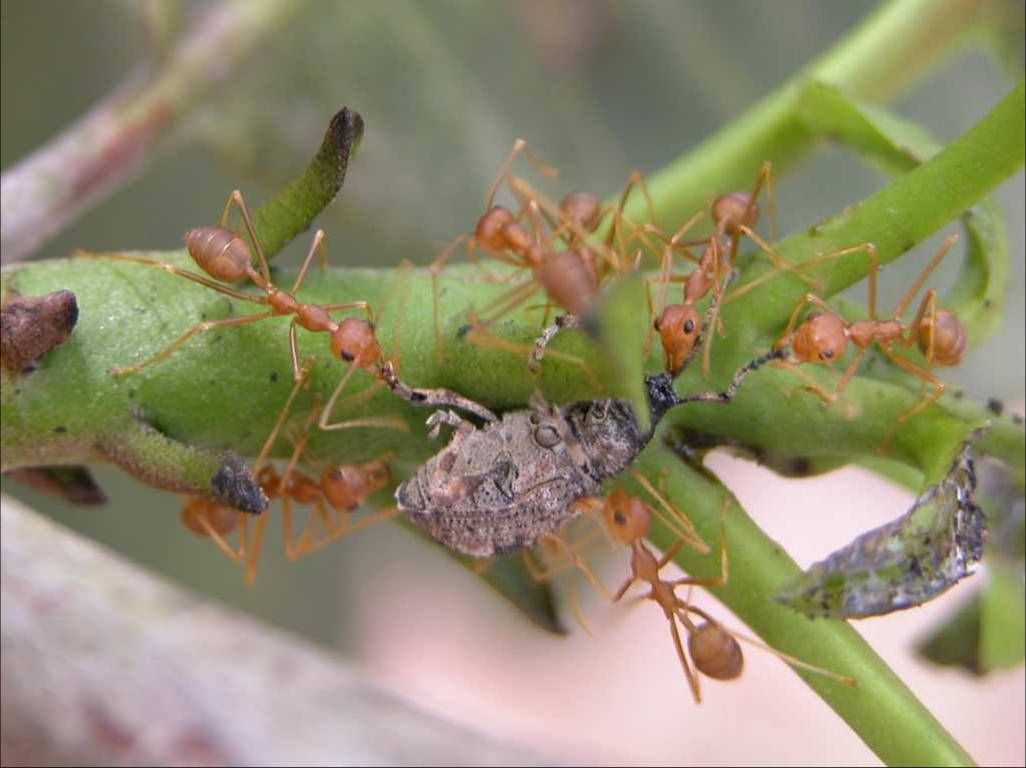
 Curently online :
Curently online :
 Total visitors :
Total visitors :
(43).png)

